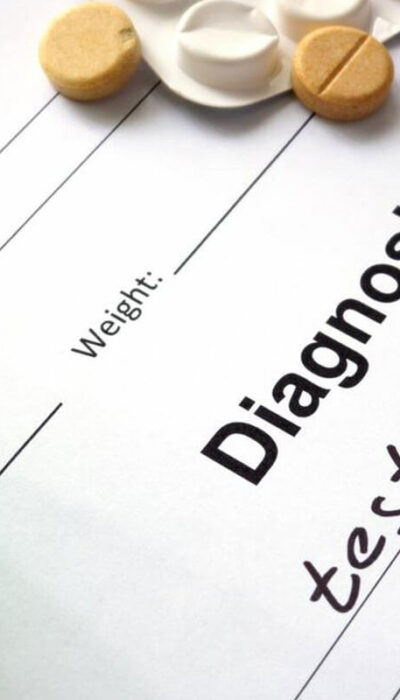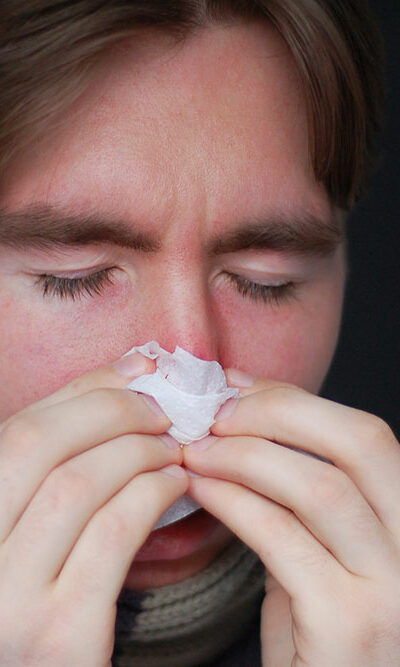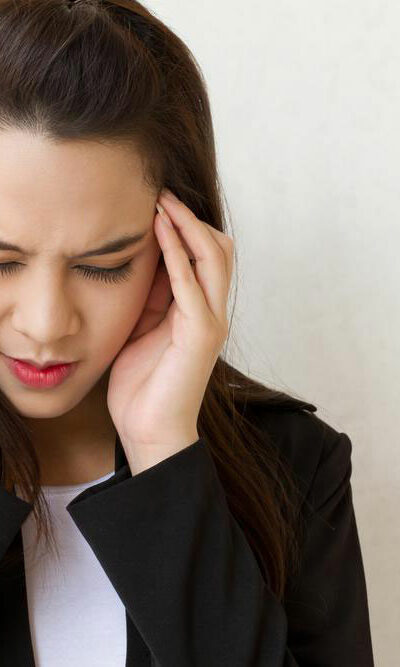
8 foods that can help soothe migraine headaches
Eating right is one of the best possible ways to soothe migraine headaches and issues. Incorporating preventive foods into one’s diet and limiting foods which trigger migraines is a good way to begin soothing migraine headaches. In fact, studies show that eliminating possible dietary triggers (including eating vegan diets) could benefit people with migraines. Here are some pain-safe foods that people with migraines can eat for getting relief from migraine headaches: Salmon One of the best foods which help with migraine is salmon. It is rich in omega-3 fatty acids which improve the health of arteries, lower blood pressure, reduce inflammation and the risk of cancer. This fish also has balanced quantities of omega 3-6-9 fatty acid and is loaded with minerals, resulting in anti-inflammatory properties. Salmon also features large amounts of B vitamins, which have been proven to be helpful for managing migraines. Try eating two to three servings of salmon every week. Dark chocolate Chocolate contains large amounts of magnesium, which is one of the most common minerals that help in managing migraine. The mineral is important for both sleep and relaxation, and chocolate is one of the richest sources of magnesium, containing at least 70% cacao. However, people should check with their doctors for ruling out dark chocolate as a trigger for migraines. Figs When combined with other electrolytes, potassium helps the body fight inflammation and dehydration, both of which are associated with migraine. Figs are an excellent source of potassium. Make sure that your body gets this essential mineral from your diet. You will have to check with your doctor if you are sensitive to foods that contain tyramine. If you are, then try eating fresh figs since it’s the dried ones which contain tyramine. Shrimp s An antioxidant called astaxanthin is found in high quantities in shrimps, which helps the body fight inflammation, helping with migraine issues.










